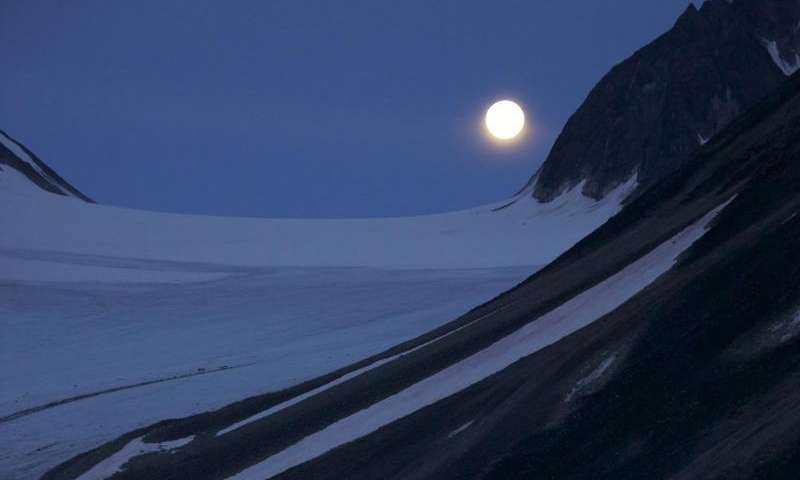Moonlight drives marine creatures in Arctic winter
Mon 11 Jan 2016, 13:21:26

In the absence of any sunlight, it is the moonlight that drives the migrations of tiny marine animals through the permanently dark and frigid Artic winter, an interesting study says.
According to the researchers, Zooplankton -- which are the tiny animals found near the surface in aquatic environments -- keep moving during the Artic winter.
The migrations take place when the moon rises above the horizon, the findings showed. The researchers explained that the behaviour is most likely an attempt by zooplankton to avoid predators hunting by the moonlight.
"During the permanently dark and extremely cold Arctic winter, (these) tiny marine creatures, like mythical werewolves, respond to moonlight by undergoing mass migrations," said one of the researchers Kim Last from Scottish
Association for Marine Science in Scotland.
Association for Marine Science in Scotland.
The findings have implications for the carbon cycle, which is particularly important in light of climate change. "The daily vertical migration of zooplankton contributes significantly to the carbon pump by moving fixed carbon from the surface into the deep ocean," Last explained.
"Since there is no photosynthesis during the polar night, carbon is only moved into the deep by predators feeding on prey," Last added.
"The acoustic database used for our analysis cumulatively spans 50 years of data from moorings that cover much of the Arctic Ocean. The occurrences of lunar migrations happen every winter at all sites, even under sea ice with snow cover on top," Last said.
The report was published in the journal Current Biology.
No Comments For This Post, Be first to write a Comment.
Most viewed from Specials
Most viewed from World
AIMIM News
Latest Urdu News
Most Viewed
May 26, 2020
Do you think Canada-India relations will improve under New PM Mark Carney?
Latest Videos View All
Like Us
Home
About Us
Advertise With Us
All Polls
Epaper Archives
Privacy Policy
Contact Us
Download Etemaad App
© 2025 Etemaad Daily News, All Rights Reserved.










































